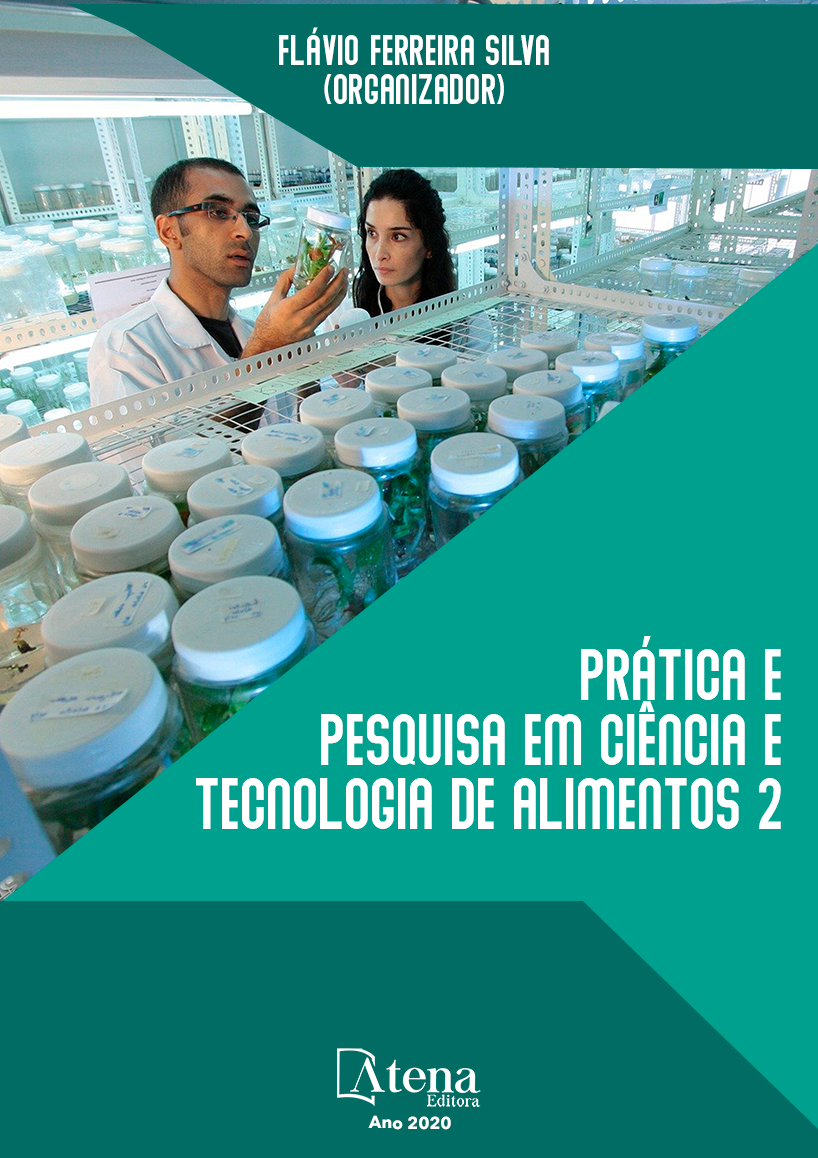
CAPACIDADE ANTIOXIDANTE DOS COMPOSTOS FENÓLICOS PRESENTES EM CERUME, PRÓPOLIS E PÓLEN DE ABELHAS SEM FERRÃO PRODUZIDOS EM NOVA TIMBOTEUA, NO ESTADO DO PARÁ
Por definição, o pólen apícola é o resultado da aglutinação dos pólens das flores com o néctar das flores colhidos pelas abelhas; já o cerume é mistura de resinas e ceras de árvores colhidas próximos as colmeias. A própolis é produzido pelas abelhas para revestimento de sua colmeia, apresenta atividades antibacteriana, antifúngica, antiviral, antioxidante e antitumoral. O objetivo do trabalho foi avaliar a capacidade antioxidante dos compostos fenólicos do pólen, cerume e própolis produzidos por abelhas sem ferrão da cidade de Nova Timboteua, na região nordeste do Pará. As foram amostras foram trazidas da cidade de Nova Timboteua – PA e foram trazidas para laboratório de química da UEPA - CCNT, na cidade de Belém. As análises realizadas foram de Compostos Fenólicos Totais e atividade antioxidante por ABTS. O cerume obteve 4551,42 mg/100g de compostos fenólicos e capacidade antioxidante de 132,05 µM de Trolox/g. A própolis teve valores de 9889,61 mg/100g e 214,72 ± 21,29, de fenólicos e antioxidante respectivamente. O pólen obteve valores de 1221 mg/100g de compostos fenólicos totais e 40 µM de Trolox/g de capacidade antioxidante. Os resultados mostraram que as amostra de cerume, própolis e pólen apresentaram alto potencial antioxidante e trabalhos futuros poderão ser feitos para comprovar a funcionalidade destes produtos.
CAPACIDADE ANTIOXIDANTE DOS COMPOSTOS FENÓLICOS PRESENTES EM CERUME, PRÓPOLIS E PÓLEN DE ABELHAS SEM FERRÃO PRODUZIDOS EM NOVA TIMBOTEUA, NO ESTADO DO PARÁ
-
DOI: 10.22533/at.ed.27020060315
-
Palavras-chave: pólen, cera, própolis
-
Keywords: pollen, wax, propolis
-
Abstract:
By definition, bee pollen is the result of the agglutination of flower pollens with the nectar of flowers collected by bees; cerumen is a mixture of resins and waxes from trees harvested close to the hives. Propolis is produced by bees to coat their hive, has antibacterial, antifungal, antiviral, antioxidant and antitumor activities. The objective of the work was to evaluate the antioxidant capacity of the phenolic compounds of pollen, cerumen and propolis produced by stingless bees from the city of Nova Timboteua, in the northeast of Pará. The samples were brought from the city of Nova Timboteua - PA and were brought for chemistry laboratory at UEPA - CCNT, in the city of Belém. The analyzes performed were of Total Phenolic Compounds and antioxidant activity by ABTS. The cerumen obtained 4551.42 mg / 100g of phenolic compounds and antioxidant capacity of 132.05 µM of Trolox / g. Propolis had values of 9889.61 mg / 100g and 214.72 ± 21.29, of phenolics and antioxidants respectively. The pollen obtained values of 1221 mg / 100g of total phenolic compounds and 40 µM of Trolox / g of antioxidant capacity. The results showed that the cerumen, propolis and pollen samples showed high antioxidant potential and future work can be done to prove the functionality of these products. -
Número de páginas: 8
- Maricely Janette Uría Toro
- Iuri Ferreira da Costa


